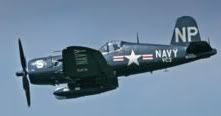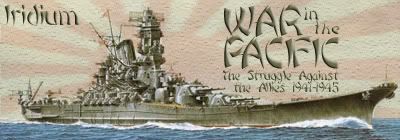warspite1
Posts: 41353
Joined: 2/2/2008
From: England
Status: offline

|
quote:
ORIGINAL: Joe D.
Just bought the inexpensive "Ultimate Illustrated History of World War II" and actually learned a thing or two that I never quite grapsed before.
For example, German Panzerschiffe (armored ships) that the Brits called "Pocket Battleships" were actually heavy cruisers that were built to out-gun or out-run any other capital ship. However, in practice these ships were slow to fire and their engines unreliable.
Apparently this all goes back to the "treaty" cruisers built under the Washington and other naval treaties that limited heavy crusiers to 8 in. guns and 10,000 tons of displacement, but the Axis powers always cheated on these specs, which may explain why IJN ships do so well against the Allies early in the war.
BTW, to avoid problems in pronunciation, the Allies gave Japanese planes "reporting names": boys' names for fighters (i.e., Oscar) and girls' names for bombers (Betty, Kate, Nell, etc).
Warspite1
They were seen at the time, as an ingenious way of making use of the 10,000 ton restriction imposed on the German navy. From memory, this has nothing to do with "Treaty" cruisers, which were limited to 8-inch guns (Graf Spee and co had 11-inchers). By setting a 10,000 ton restriction on German ships, the Allies thought the Germans unlikely to build anything more than a coastal battleship type.
However, the "faster than any stronger ship and stronger than any faster ship" was soon rendered obsolete by the new fast battleships beginning with the Dunkerque-class.
The engines seemed to work perfectly well in Graf Spee and Admiral Scheer - but they did need regular overhauls and was the main reason that Graf Spee was heading back to Germany when Ludendorff disobeyed orders and went after the British cruiser squadron off the River Plate - whoops.
_____________________________
England expects that every man will do his duty. Horatio Nelson October 1805  |
 Printable Version
Printable Version























 New Messages
New Messages No New Messages
No New Messages Hot Topic w/ New Messages
Hot Topic w/ New Messages Hot Topic w/o New Messages
Hot Topic w/o New Messages Locked w/ New Messages
Locked w/ New Messages Locked w/o New Messages
Locked w/o New Messages Post New Thread
Post New Thread